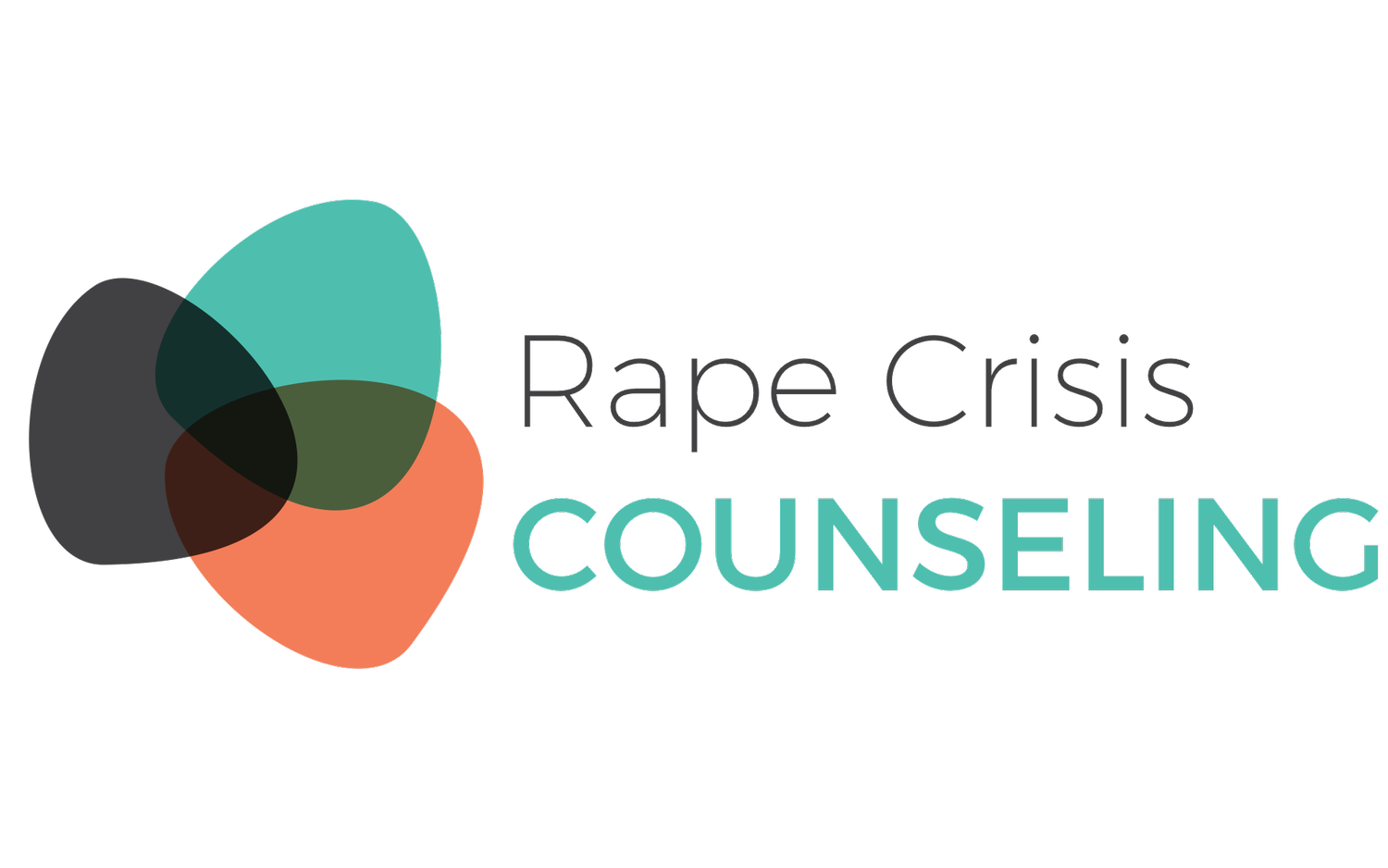2.3 Culture, Diversity, and Inclusion
Culture plays an important part in how we show up as advocates and in how the health center treats sexual assault survivors.
It can be helpful to think of culture as a filter through which people process their experiences. Culture influences values, actions, self-expectations and the perceptions and expectations of others.
Many of us identify with more than one cultural group. For example, some people may place more emphasis on their ancestry while other may place more emphasis on their sexual orientation or gender role.
Even within the same culture, some characteristics will be more important to one person than to an other, and the differences between two individuals may be more pronounced than their similarities.
Diversity is defined as differences in culture, background and experience among individuals and groups.
Inclusion is defined by the programs and strategies that embrace each person’s diversity.
Both diversity and inclusion occur in a safe, positive and nurturing environment—going beyond simply tolerating difference and actually celebrating it.
Barriers to diversity and inclusion can be caused by ‘cultural collisions’.
This happens when groups with different cultural characteristics (e.g. traditions, values, world views or languages) come together and neither group can view the situation from the perspective of the other.
To help avoid ‘cultural collisions’, it’s important to understand how cultural factors influence survivors’ interactions with you and the service providers at the health center.
